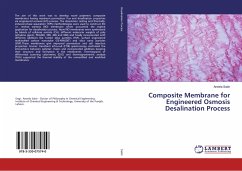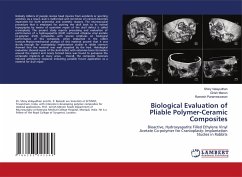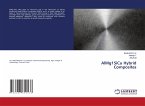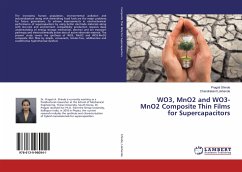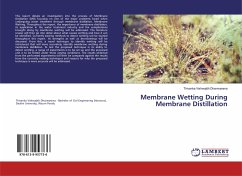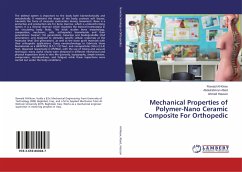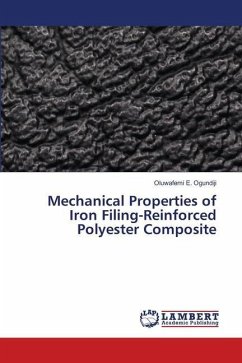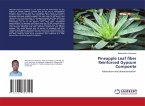The aim of this work was to develop novel polymeric composite membranes having maximum permeation flux and desalination properties via engineered osmosis (EO) process. The dissolution casting and thermally-induced phase separation (TIPS) methodologies were used to construct EO i.e. reverse osmosis (RO) membrane which accounted the explicit application for desalination process. Novel RO membranes were synthesized by blends of cellulose acetate (CA), different molecular weights of poly (ethylene glycol, PEG200, 300, 400 and 600) and finally incorporated with different additives like fumed silica particles (FSP), surface engineered multiwalled carbon nanotube (SE-MWCNT) and silica nano particles (SNP).These membranes give improved permeation and salt rejection properties. Fourier transform infra-red (FTIR) spectroscopy confirmed the interactions between polymer chains and incorporated additives keeping their structure and formation in the membranes. Thermograms of differential scanning calorimetry (DSC) and thermogravimetric analysis (TGA) supported the thermal stability of the unmodified and modified membranes.
Bitte wählen Sie Ihr Anliegen aus.
Rechnungen
Retourenschein anfordern
Bestellstatus
Storno

